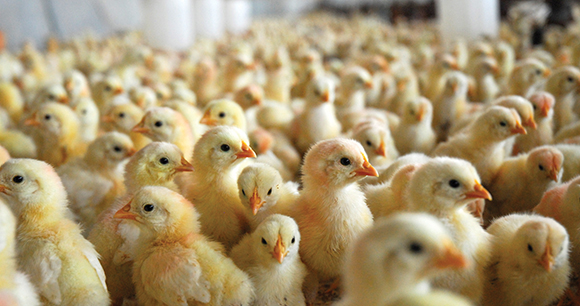A recent, first-of-its-kind survey of more than 1,000 US egg consumers showed a high level of interest in a new technology called “in-ovo sexing” that can determine the sex of chicken embryos before they have hatched. Of survey respondents, 47 percent were “extremely” or “very” interested in eggs produced using in-ovo sexing, and 71 percent were willing to pay a premium for such eggs.

These results are highly encouraging, because in-ovo sexing could save hundreds of millions of chicks each year from an inhumane death. In the United States, around 300 million day-old male chicks are culled annually because they are useless to the egg industry: They cannot lay eggs, and they do not grow fast enough to be economically raised for meat. As a result, they are killed shortly after hatching, typically by maceration (dropped into a high-speed grinder and shredded alive) or suffocation (dumped into large plastic bags).
Spurred by chick-culling bans in places such as Germany and France, in-ovo sexing technology is now being used in several European countries. While it is not yet commercially available in the United States, major industry stakeholders such as United Egg Producers and Vital Farms have expressed interest in its use. In addition, the Foundation for Food and Agriculture Research and Open Philanthropy are jointly offering a $6 million “Egg-Tech Prize” to the first applicant who can develop in-ovo sexing for commercial use in the United States that meets certain criteria, including capacity to detect sex by the eighth day of incubation (to avoid causing pain) with 98 percent accuracy, and ability to process at least 15,000 eggs per hour.